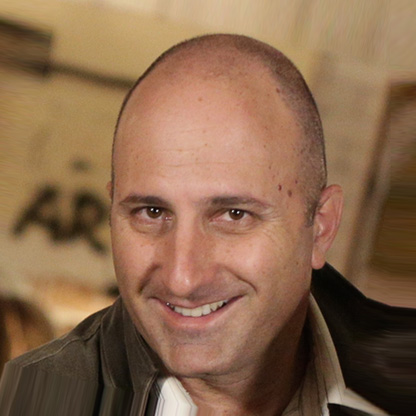At Smart Sparrow, we have spent over a decade working closely with hundreds of academics and educators to understand how we can help them teach better.
We started our journey as the Adaptive eLearning Research Group at UNSW where years of hard work, multiple iterations and student feedback resulted in our Adaptive eLearning Platform (AeLP).
The School of Medical Sciences (SOMS) at UNSW Australia, embraced the tools this technology offered almost immediately, allowing them to move away from traditional teaching methods and to develop a new approach to teaching with Adaptive Tutorials.
The AeLP has been proven to be effective in providing academics a solution for smarter teaching. Concretely, the use of Adaptive Tutorials allowed SOMS educators to manage their time more efficiently. Lessons could be reused, and also be quickly adapted by the educators themselves—and not by a third party like the publisher, or the content developer— allowing them to respond to specific teaching needs in a fraction of the time it would take them to modify a traditional course. This not only enabled fast iterations of courseware development that could be deployed at scale, but also maximized their impact as teachers.
But perhaps one of the greatest time-saving benefits of this new type of courseware developed at SOMS, which we call Virtual Microscopy Adaptive Tutorials, is that it allows educators to focus their personal attention on at-risk students.
The below graph shows an example where out of a group of 1117 students, 19 consistently failed in the understanding of a particular threshold concept – in this case the ability to correctly identify bacterial colonies, after going through the adaptive tutorial with tailored feedback and pathways.
BEST Heat MapAbove: A screenshot of a “heat map” view, from the question analytics, showing 19 pins placed outside the actual Bacterial Colonies region (outlined in blue)
How does identifying at-risk students save time?
With these new capabilities SOMS educators were able to “flip the classroom” by getting students to learn in their own time, while gathering data on what the students knew, how they learned, and what the upcoming session should focus on. This meant time better spent on supporting 19 students in need, rather than giving four 90-minute lectures to all 1117, most of whom already well familiar with the material. Teachers also gained full visibility of students’ actual understanding of the concepts taught and responded by adapting their lessons and improving their own way of teaching. What the flip also does particularly well is bring about a distinctive shift in priorities— from merely covering material to working toward mastery of it.
Laying the groundwork
The ongoing partnership between Smart Sparrow and SOMS, and the continuous dialog about how technology could better address their pedagogic needs laid the groundwork for the Biomedical Education Skills and Training (BEST) Network. On our next blog we will dive deeper into the story of the BEST Network, in the meantime we invite you to explore courseware available in BEST that can be taught with as is, or adapted to suit your specific learning objectives.


